Industry information
Company News
- Unveil! The modern magic charm of curtain wall aluminum veneer
- Hyperbolic aluminum veneer: the new darling of fashionable architecture?
- Fluorocarbon aluminum veneer: the new aesthetic favorite of modern architecture
- Aluminum veneer is not just about walls!
- Fluorocarbon aluminum veneer: the fashionable choice for modern architecture?
Industry dynamics
- Aluminum veneer curtain wall: the fashionable coat of modern architecture
- Recommended key points for purchasing aluminum veneer
- Understand the quality control system of aluminum veneer manufacturers
- Hyperbolic Aluminum Veneer: The Integration of Art and Technology in Modern Architecture
- Aluminum veneer curtain wall, the fashionable choice for modern architecture?
Frequently asked questions
- What issues should be noted during the processing of aluminum veneer?
- How to apply aluminum veneer in construction and interior decoration?
- What are the types of aluminum veneer?
- What are the applications of aluminum veneer in the interior decoration industry?
- What are the advantages and disadvantages of aluminum veneer compared to other metal materials?
contact us
Mobile:+86 15627778610
Email: 2201229786
Address: No. 5 Binjiang Road, High tech Zone, Zhaoqing City, Guangdong Province
Can fluorocarbon aluminum veneer be hollowed out?
- Author: Lesilong Technology (Guangdong) Co., Ltd
- Release time: February 25, 2025 12:40:55
- Click:0
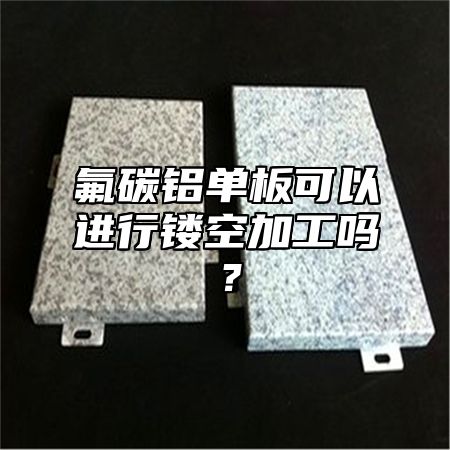
FluorocarbonAluminum veneerIt is a building material widely used in fields such as architecture, billboards, curtain walls, etc. Its plasticity is one of the important concerns for consumers, and hollow processing is a common processing method. The following will provide a detailed introduction on whether fluorocarbon aluminum veneer can be hollowed out.
1. Definition of plasticity
Plasticity refers to the ability of a material to undergo deformation during processing without breaking. Generally speaking, materials with high plasticity can be processed in various shapes and sizes during the manufacturing process to meet different design requirements.
1. Plasticity of fluorocarbon aluminum veneer
The plasticity of fluorocarbon aluminum veneer is related to factors such as its material and production process. High quality fluorocarbon aluminum veneer is usually made of high-strength aluminum alloy material, which is precision processed and treated to form a hard oxide film on its surface, thereby improving its hardness and wear resistance. Fluorocarbon aluminum veneer also has good plasticity and can be processed through hollowing and other methods to meet different design requirements.
It should be noted that the plasticity of fluorocarbon aluminum veneer is not absolute, and its performance is affected by various factors such as material quality, usage environment, maintenance, etc. When using fluorocarbon aluminum veneer, it is necessary to choose and design according to the specific situation, and follow the manufacturer's instructions and maintenance suggestions to ensure the service life and stable performance of fluorocarbon aluminum veneer.
Fluorocarbon aluminum veneer has high plasticity and can be designed with different shapes through processing methods such as hollowing out. However, the specific processing effect still needs to be evaluated and determined based on factors such as material characteristics and production processes. Consumers should choose fluorocarbon aluminum veneer products that meet the standards and follow the manufacturer's instructions and maintenance recommendations to ensure the service life and stable performance of fluorocarbon aluminum veneer. Attention should also be paid to the characteristics of materials and structural limitations during design and installation to ensure that the construction effect meets the requirements.

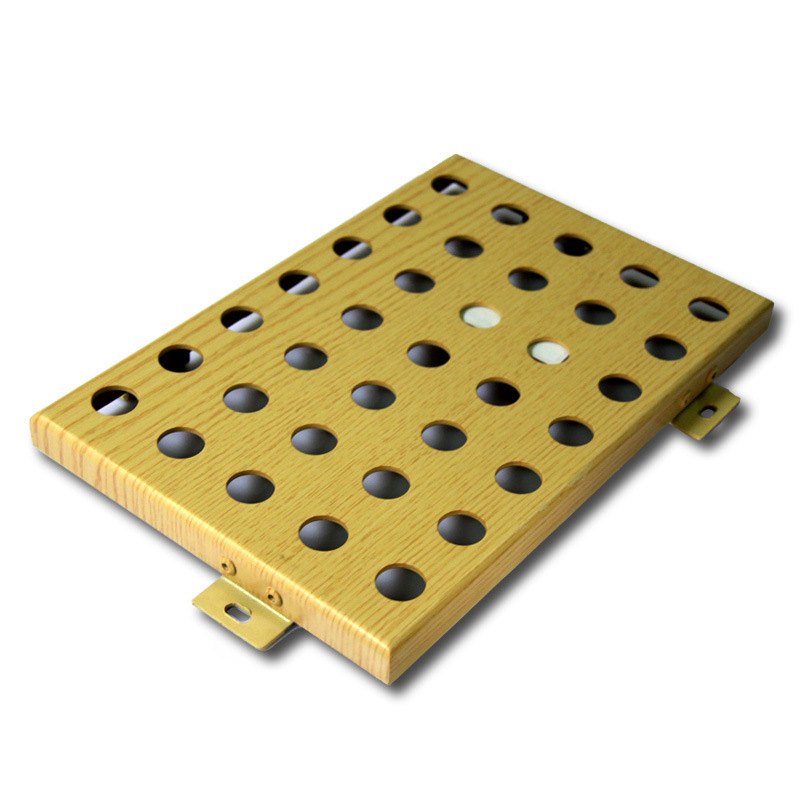
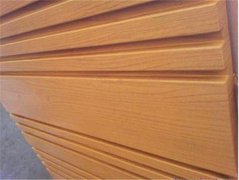
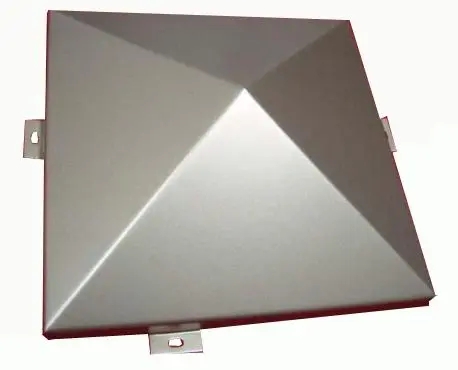
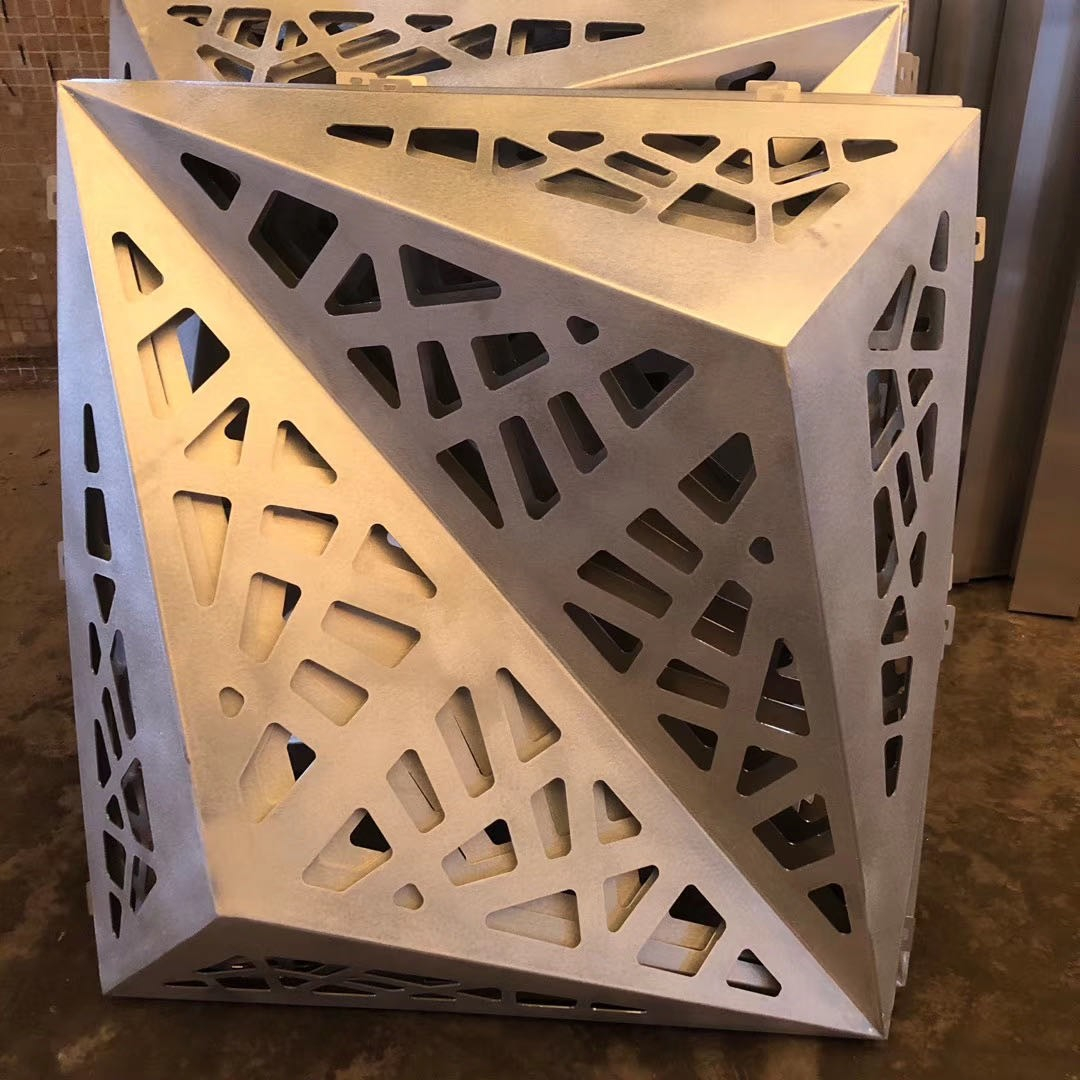
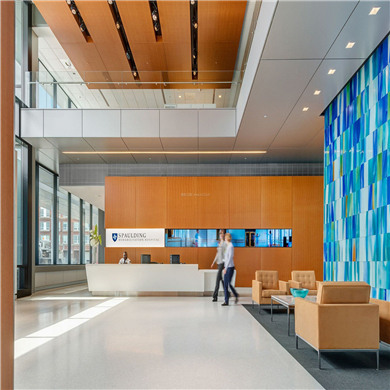
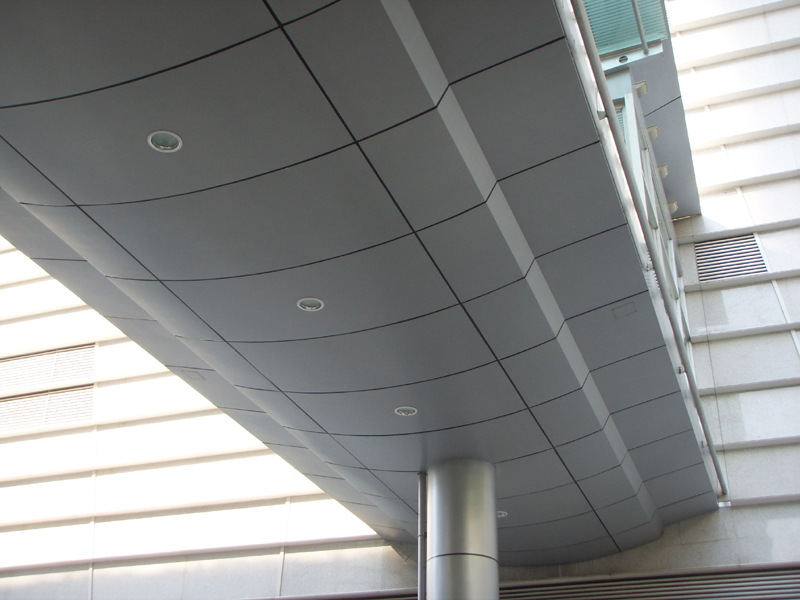
 Customer service QQ
Customer service QQ